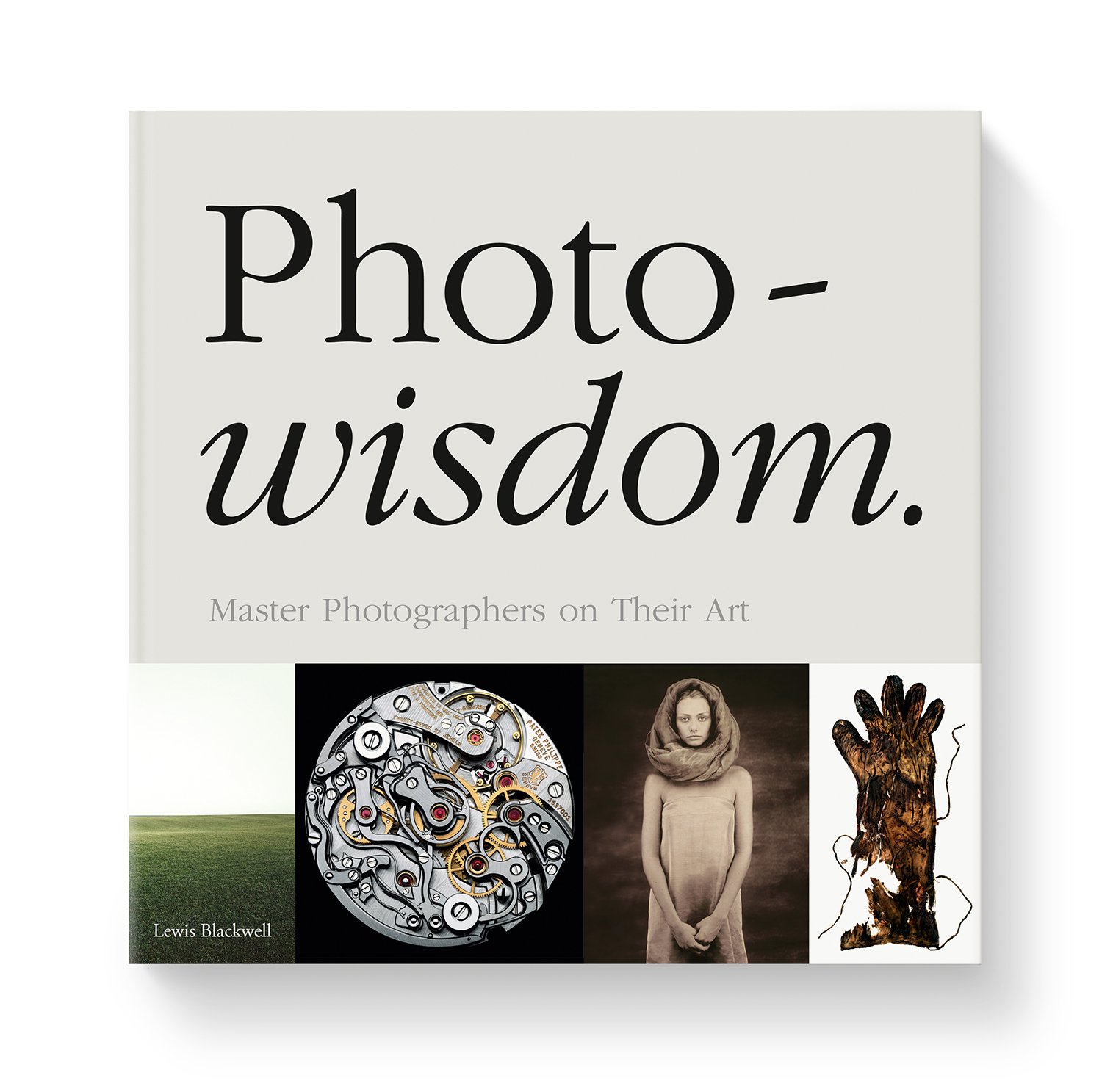Master Photographers on Their Art



It seems like I have spent my entire life beneath the surface. I first looked underwater when I was eight years old. I took my first successful picture when I was twelve. From my earliest memory there was no desire to be a doctor, a fireman, or accountant, just an underwater photographer. I was no good at land sports, but excelled in the water where I was comfortable, so it was a natural fit.
I always hope that my images open people’s eyes and minds to the sea. Pictures from this blue world are still only three generations old, and it is still a frontier, much of it undiscovered. Images have power. They can engage, seduce, inspire or sometimes induce anger and action. I enter the sea and try to bring a vision of that extraordinary place back to share with humanity. This may help them appreciate how fragile are the oceans or maybe motivate them to enter the sea themselves.
My greatest challenge has always been time. Real time in the sea is very short and very expensive. No matter the advancing technology, until we grow gills, we are still very short-term visitors to what is 70 per cent of our planet. Think about it, on scuba we operate within the first 100 feet of water—we are merely scratching at the surface of another entire universe that is still in large part a mystery to us.
The second greatest challenge to underwater photography is visibility. Creating seascapes that tell a story or capture the essence of an environment is very difficult to do. Clear water is a gift. I like to bring back an image that is a surprise—a wonderful combination of light, time, and rhythm of the sea, or a piece of extraordinary biology. But the greatest satisfaction comes from sharing extraordinary moments in the sea with my partner, Jennifer Hayes.
A new photographer should spend time in the sea without a camera. It is crucial to know, feel, and be comfortable in the environment. There is nothing worse than compromising your interest and passion in photography while learning how to move and be in the sea. I also think it is important for new photographers who are seriously interested to look back and learn some of the history of underwater photography. And, finally, it is most important to take chances in photography, push the limits of the camera and learn what it can do; and yes, make lots of mistakes. Dream about an image in your mind and think about light, water, motion, and how you can make that image happen. Find what visually excites you and shoot, shoot, shoot.
I wish I could have predicted how delicate the oceans truly are. When I started out, the reefs were bursting with life that is now all but gone. A hint of what-used-to-be remains after the over-fishing, habitat destruction, and now the final man-made insult—global warming and coral die-off.
What I do know now is that you can never go back, because the sea is constantly changing—a dive is never the same, whether separated by ten minutes or ten years.
From PhotoWisdom: Master Photographers on Their Art by Lewis Blackwell. Copyright by the photographer, reproduced with the permission of the publisher Blackwell & Ruth.
From PhotoWisdom: Master Photographers on Their Art by Lewis Blackwell. Copyright by the photographer, reproduced with the permission of the publisher Blackwell & Ruth.
